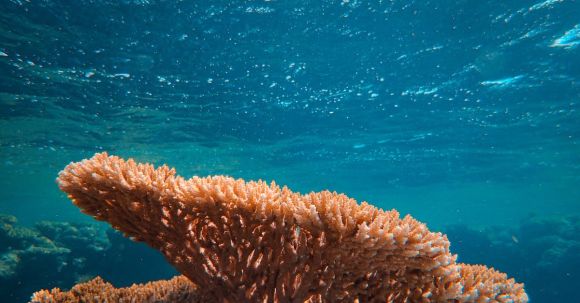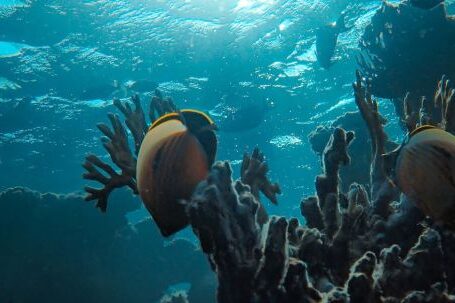Coral reefs are among the most diverse and fragile ecosystems on Earth, supporting a wide variety of marine life. At the heart of these vibrant underwater landscapes are coral polyps, tiny organisms that play a vital role in the formation and maintenance of reefs. In this article, we will delve into the fascinating world of coral polyps and explore their incredible abilities.
What are Coral Polyps?
Coral polyps are small, soft-bodied organisms that belong to the phylum Cnidaria. They are closely related to jellyfish and sea anemones, sharing similar characteristics such as stinging tentacles and a simple digestive system. Although individual coral polyps are minuscule, they work together to create massive structures known as coral colonies.
Building Reefs
Coral colonies are built by the accumulation of calcium carbonate, a hard, limestone-like substance secreted by the polyps. Each polyp resides within a protective exoskeleton, which forms the foundation of the reef. Over time, as the polyps continue to grow and reproduce, the exoskeletons merge and expand, resulting in the formation of intricate coral formations.
Symbiotic Relationships
One of the most remarkable aspects of coral polyps is their symbiotic relationship with zooxanthellae, a type of photosynthetic algae. The polyps provide a safe haven for the algae, while the algae produce sugars through photosynthesis, providing the polyps with a vital energy source. This symbiosis is the key to the vibrant colors seen in coral reefs and the incredible productivity of these ecosystems.
Feeding Strategies
Coral polyps are filter feeders, meaning they capture food particles from the surrounding water. They use their tentacles to create a current that draws in plankton and other microscopic organisms, which are then consumed by the polyps. Additionally, some species of polyps have developed specialized feeding structures, such as extended tentacles or mucus nets, to enhance their feeding efficiency.
Adaptability and Resilience
Coral polyps have evolved numerous adaptations that allow them to thrive in various environmental conditions. Some species can tolerate extreme temperatures, while others can withstand high levels of salinity or low nutrient availability. These adaptive traits enable coral reefs to exist in a wide range of habitats, from shallow tropical waters to deep-sea environments.
Threats to Coral Polyps and Reefs
Despite their resilience, coral polyps and reefs face numerous threats, primarily due to human activities. Climate change, pollution, overfishing, and destructive fishing practices all contribute to the degradation of coral reefs worldwide. Rising sea temperatures, in particular, lead to coral bleaching, a process in which the symbiotic relationship between the polyps and the zooxanthellae breaks down, causing the corals to lose their vibrant colors and eventually die.
Protecting Coral Reefs
Conservation efforts are crucial to safeguarding coral reefs and the invaluable biodiversity they support. Initiatives such as marine protected areas, sustainable fishing practices, and reducing carbon emissions can help mitigate the impact of human activities on coral polyps and reefs. Furthermore, educating the public about the importance of these ecosystems is vital in promoting their preservation.
In Conclusion: Guardians of the Reef
Coral polyps are the unsung heroes of coral reefs, responsible for their creation and continued existence. Their remarkable abilities and symbiotic relationships make them crucial players in maintaining the delicate balance of these underwater wonders. As we strive to protect and conserve coral reefs, it is essential to recognize and appreciate the vital role that coral polyps play in the intricate tapestry of life beneath the waves.





